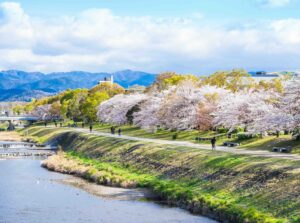Kyoto to Ine (180km/3days, for cyclists)
This is a three-day model cycling course that is the most beautiful and typical of Japan and is suitable for cyclists with some experience.
Route MAP
Day 0: Pick up with your bike from Kansai Airport or rental bike fitted at our shop
Bike transport & Assembly Support
For an additional fee, we can transport your bike package from Kansai Airport, Kobe Airport or Osaka Airport to Kyoto and provide mechanical support for assembly.
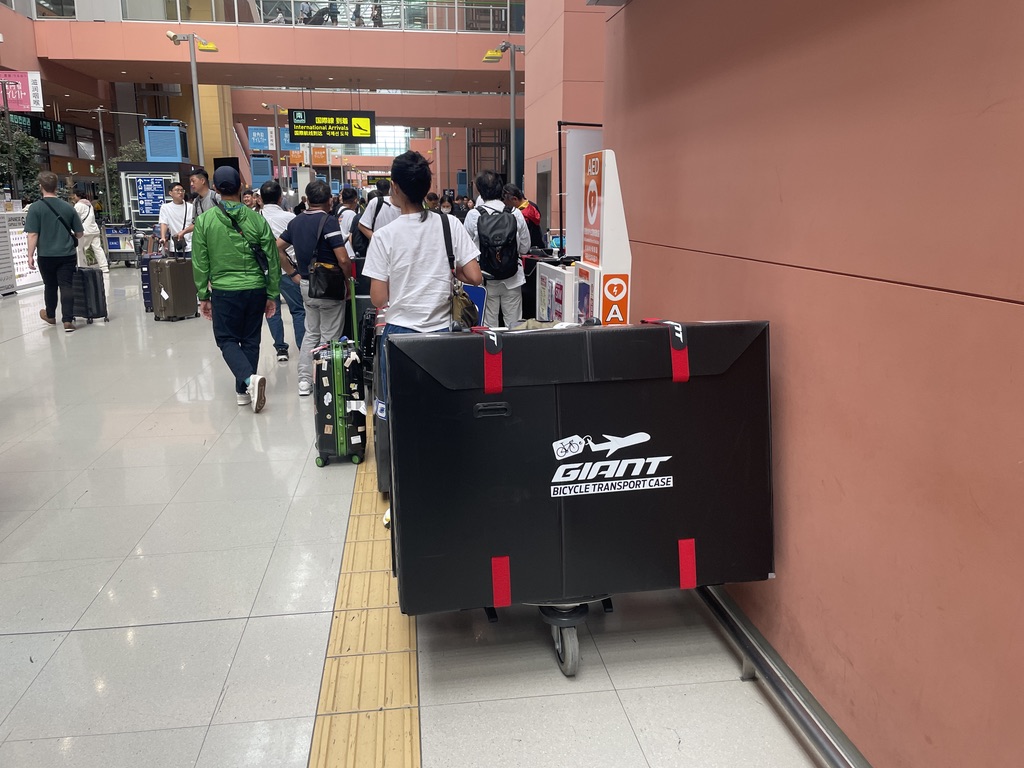
Rent Bikes from our shop*recommend
Our shop has all kinds of equipment for long distance cycling, from road bikes to touring e-bikes, chargers and pannier bags.
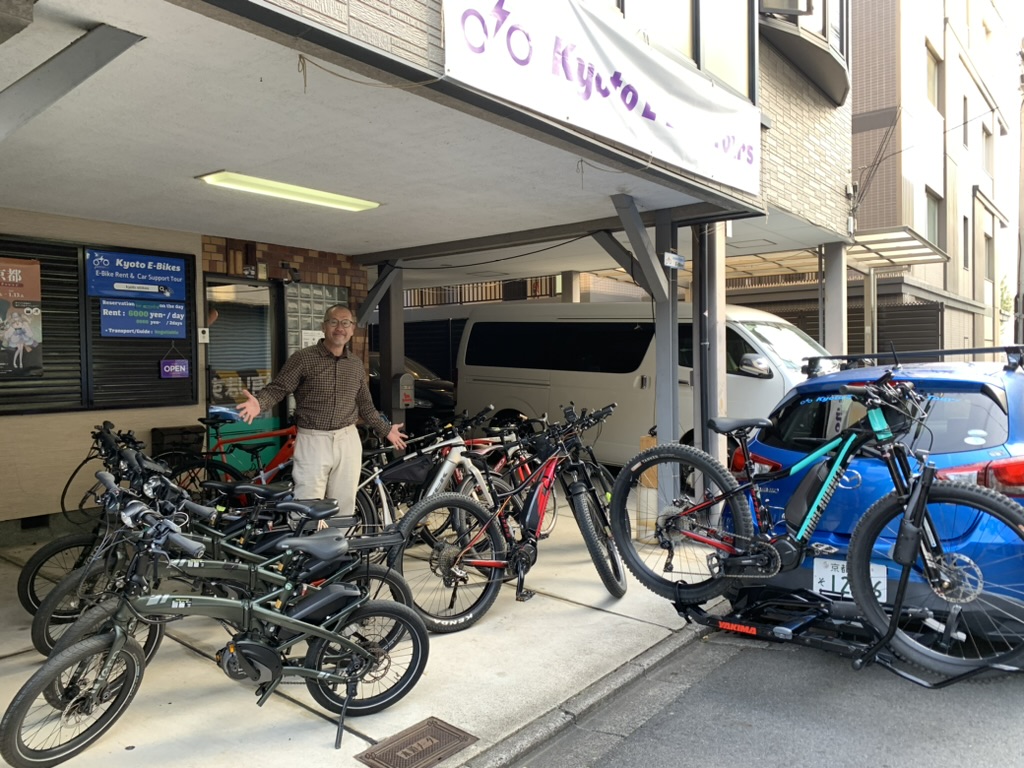
Fitting Cycling
After adjusting your rental bike, we can also provide a fitting and a short bike ride around Kyoto city, taking you through beautiful bamboo groves, streams, and magnificent temples.
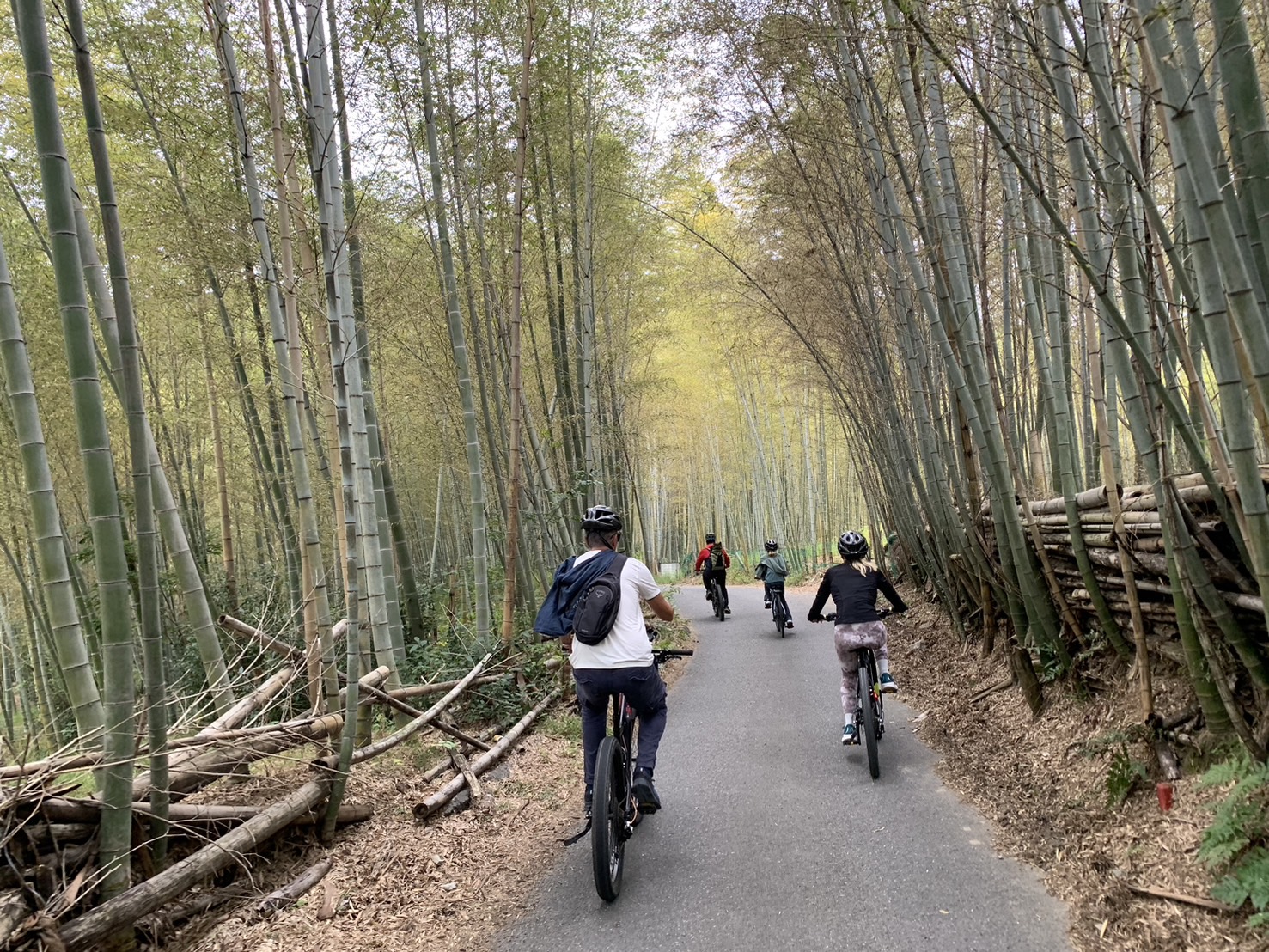
Our shop is located in Nishinoin, on the west side of Kyoto, a 10-minute walk from Nishinoin Station or Tanbaguchi Station.
Stay in Kyoto Hotel
If you want to enjoy Kyoto's nightlife, it's a good idea to stay at a hotel near the Kawaramachi area. If you don't have any particular preferences, we recommend the Nijo area, which is affordable and close to our shop.
We will take you to the hotel.
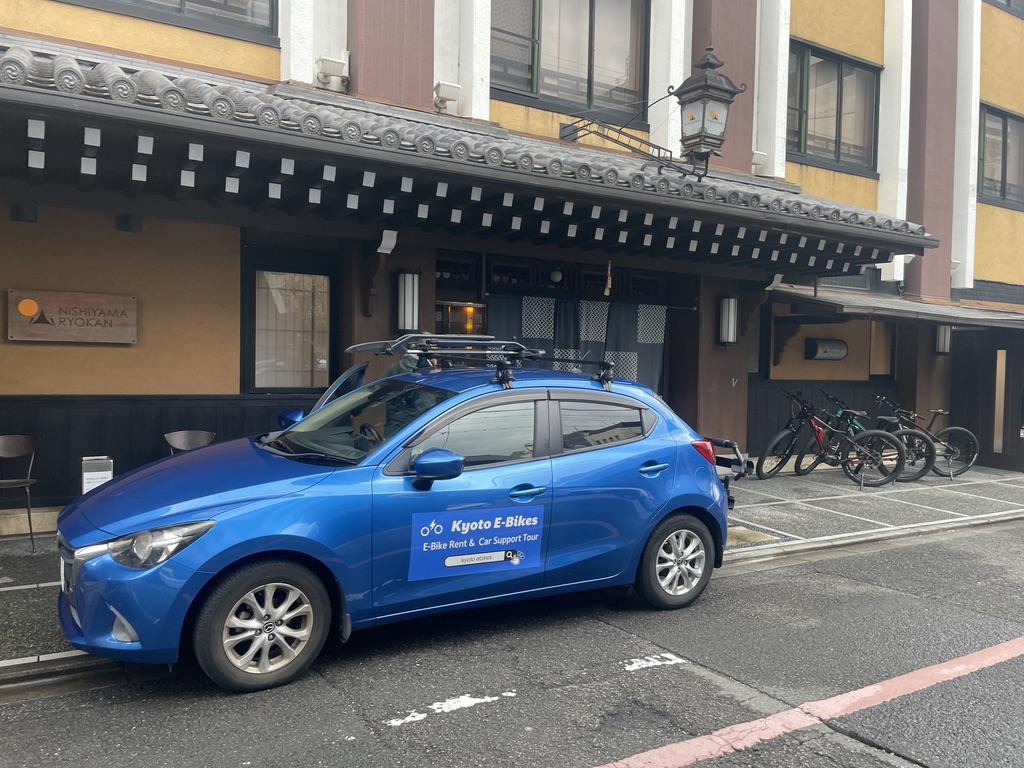
Day1 Kyoto to Miyama (63km△1150m)
Overview~Mysterious Mountains and Villages
We will cycle up alongside the picturesque Kamo River that flows through Kyoto, pass through two mountain passes, and stay the night in a thatched roof village.
Kamo River
Like the Seine in Paris and the Tiber in Rome, the Kamo River is a river with 1,500 years of history that flows through the center of the capital.
Its greatest feature is its beauty, which has earned it the nickname "urban river with the best water quality in the world." Despite the strict landscape ordinances and sewage regulations, the Kamo River flows through a city of one million people, yet it is so clean that citizens can enjoy playing in the river or visiting cafes.
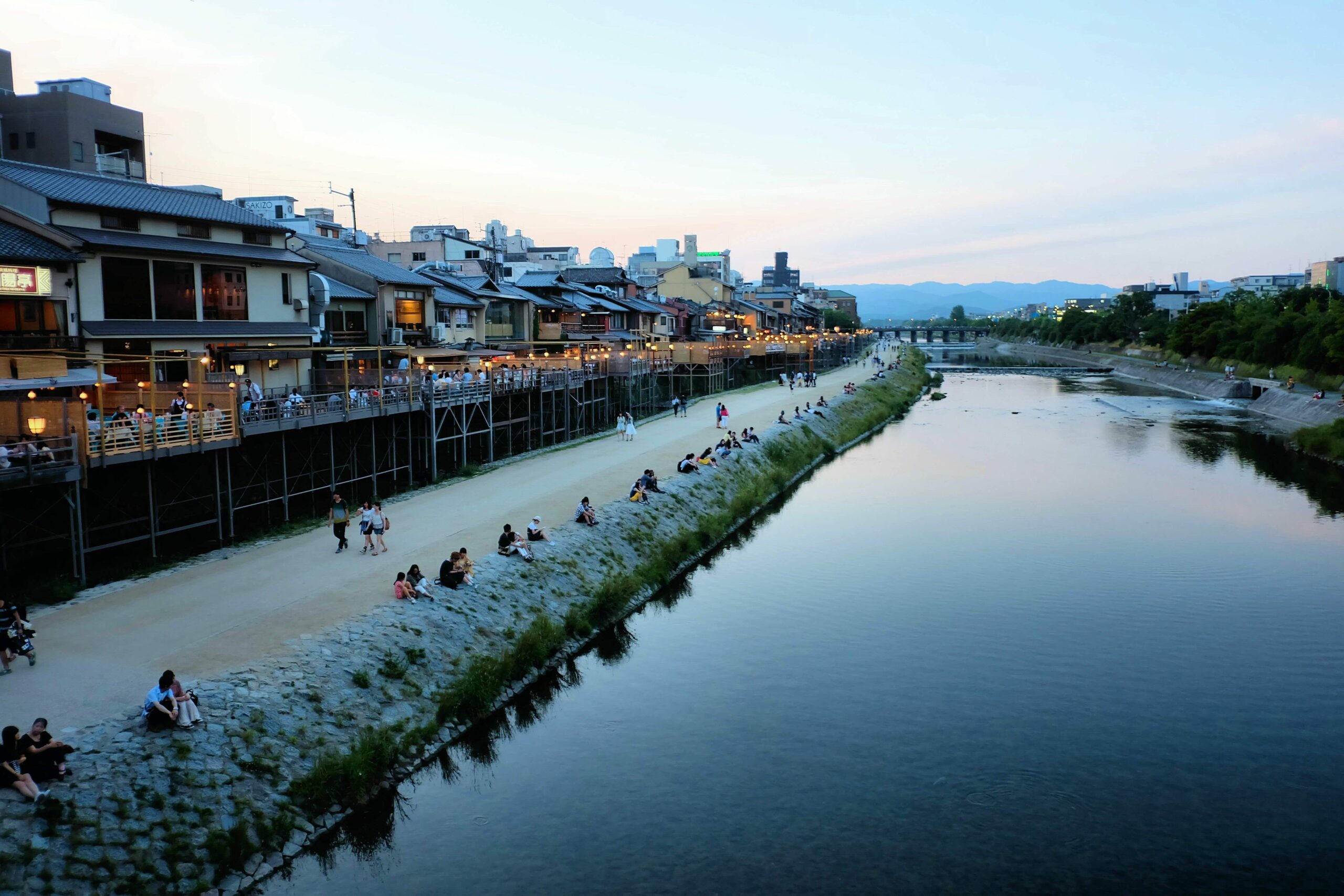
There is a cycle path along the river, allowing you to cycle smoothly while viewing the traditional wooden architecture.
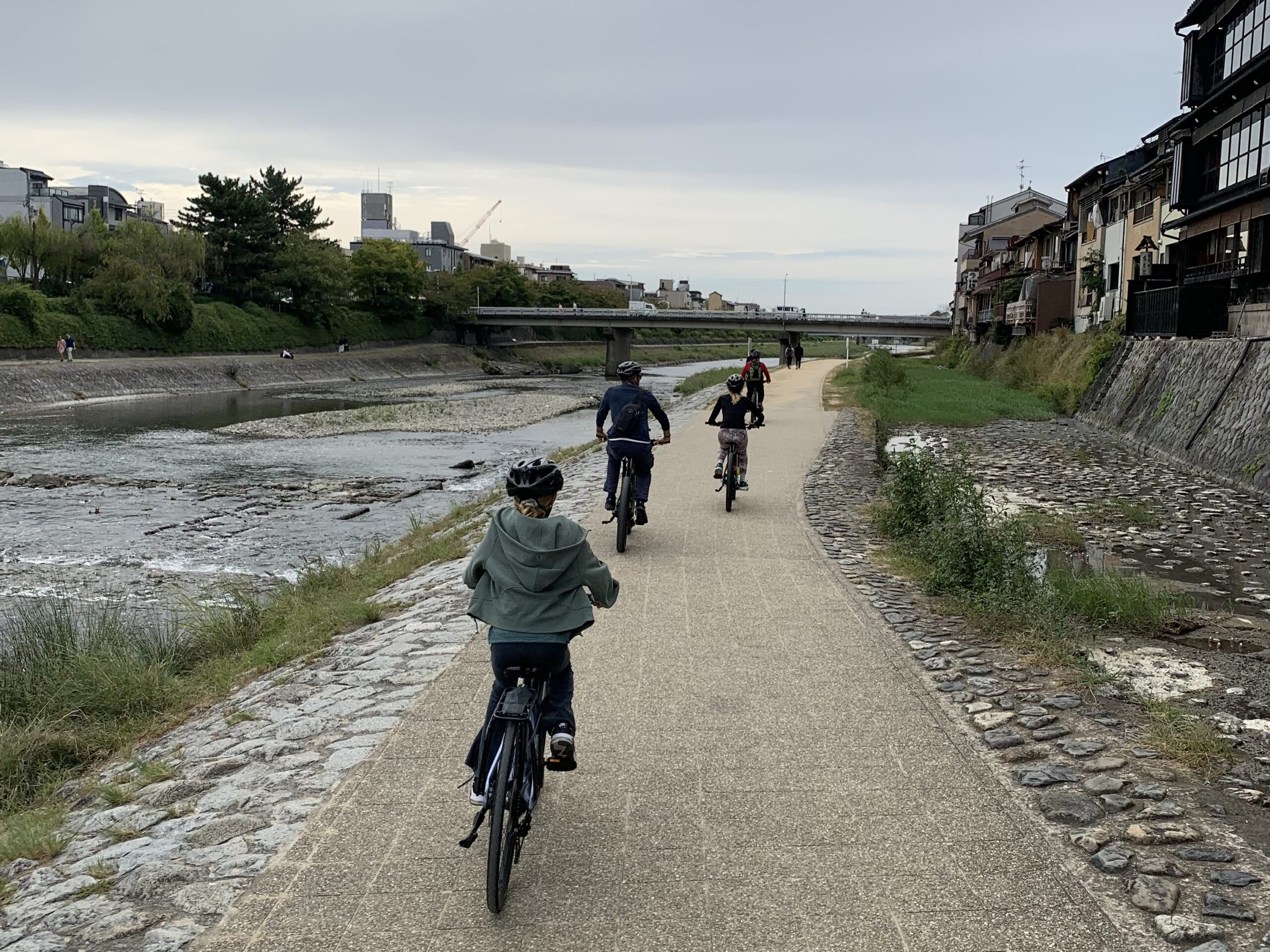
Hanase Pass
Hanase Pass is a pass at an altitude of 750m, where you can enjoy a panoramic view of Kyoto city, the beautiful surrounding mountains, and historic temples.
This climb is the toughest on this course, so if you're not confident, you can take a shortcut by riding in the support car for this section. Be sure to cheer on your partner as he or she does their best.
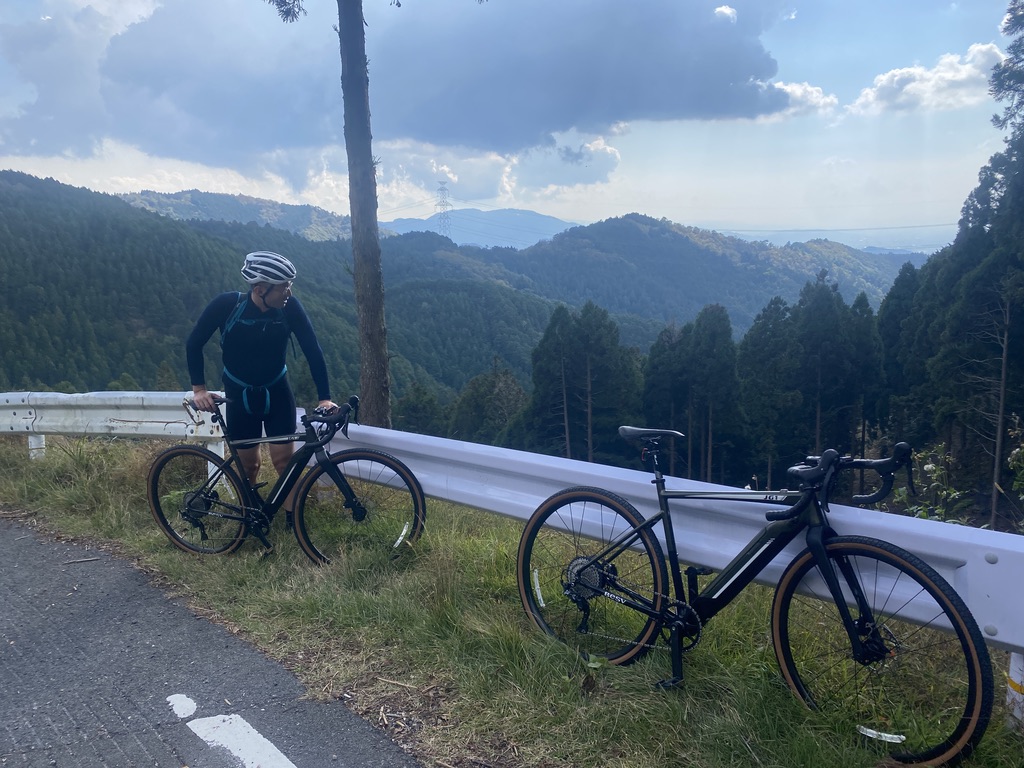
Recommended lunch spots
There are very few restaurants in this area, but the park cafe that opened in the summer of 2024 is highly recommended. You can eat soba and gyudon while looking out at the beautiful river.
There are other Japanese soba restaurants, but they have fixed holidays, so you will need to change the location depending on the day.
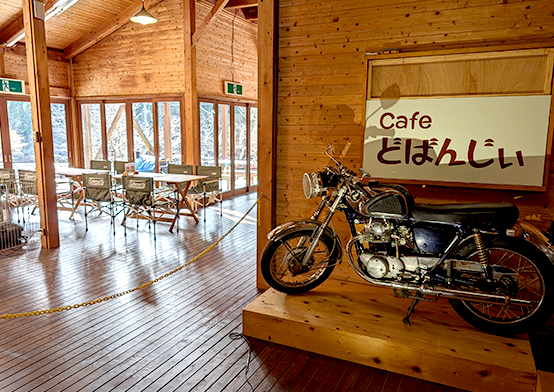
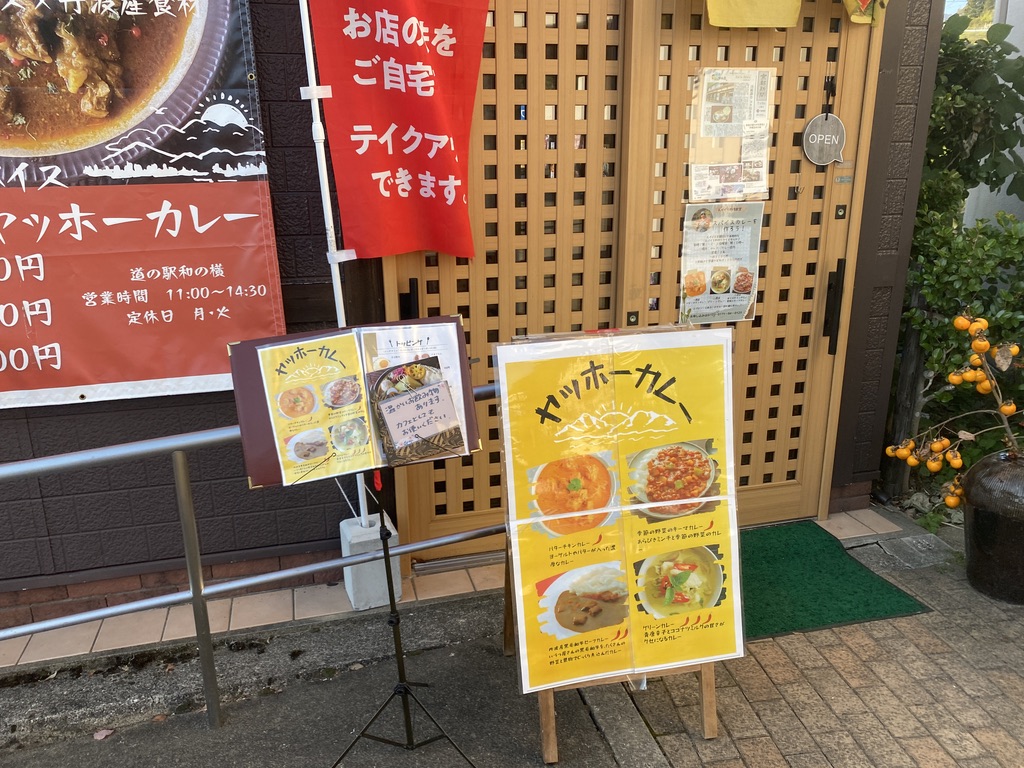
Miyama thatched roof village
It is a beautiful village that preserves traditional houses and lifestyles from hundreds of years ago. You will have a mystical experience, as if you have entered the world of Japanese folk tales.
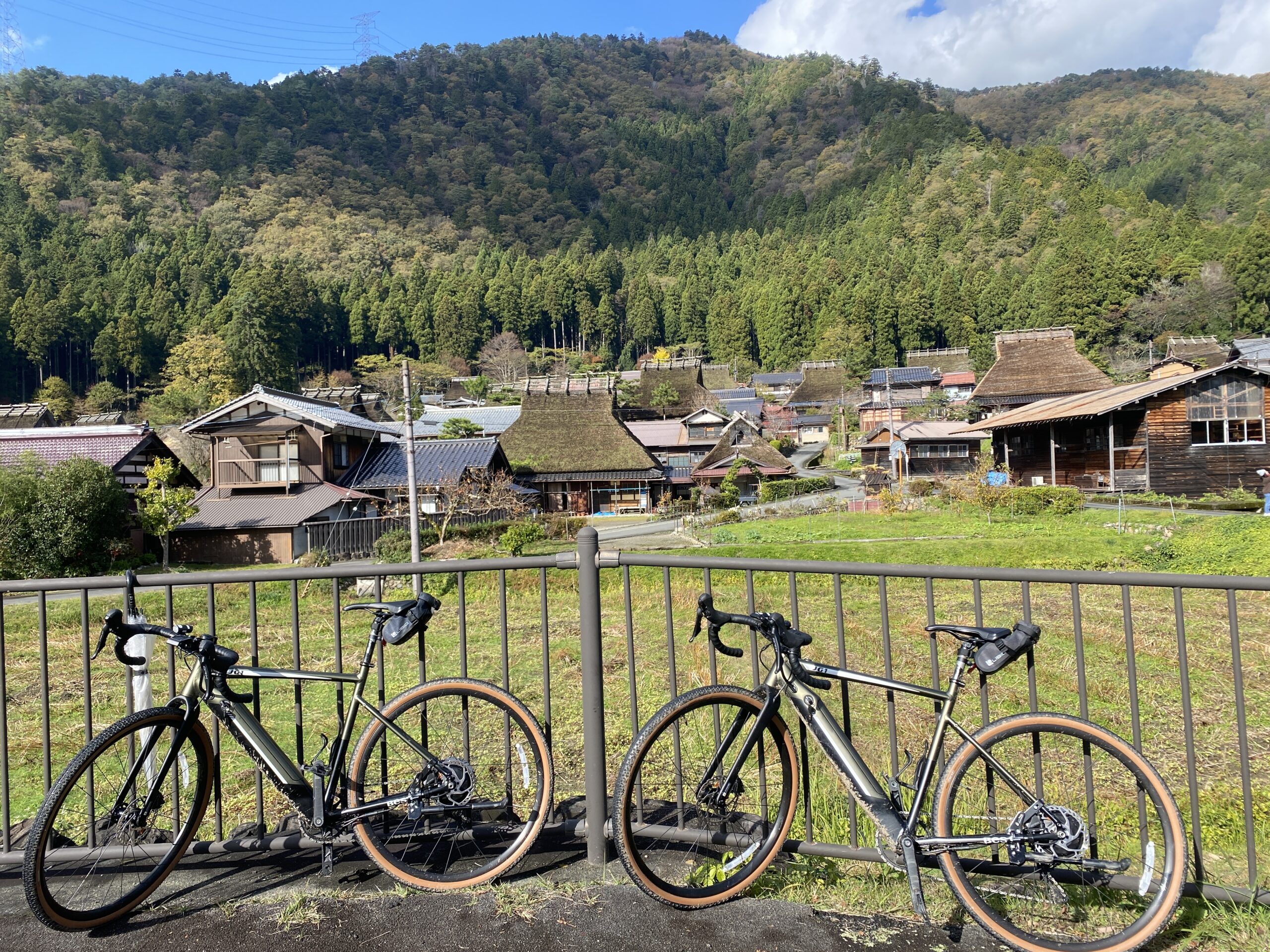
Accommodation (Laxury): Mountain cuisine Ryokan
Traditional Japanese luxury means staying at a ryokan (traditional Japanese inn) where you can enjoy the best mountain cuisine, such as wild boar, soba noodles, and vegetables, as well as great hospitality and a beautiful view. The cost is around 25,000 yen(≒160$) per person.
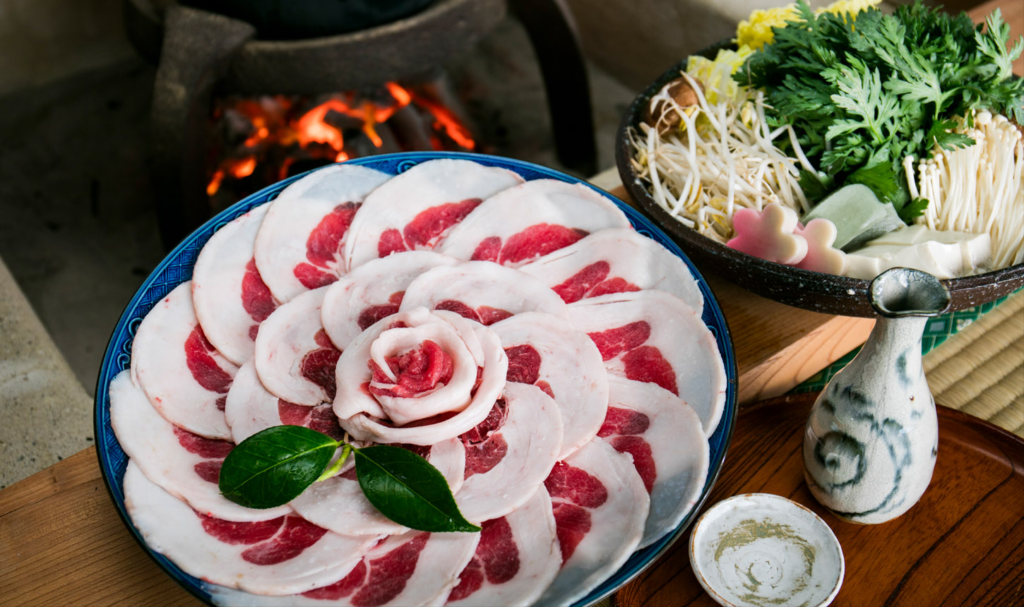
Accommodation(Reasonable): Public hotel
Miyama has a publicly run hotel that is reasonably priced and serves delicious food, so I recommend it. There is also a facility where you can stay in a thatched roof house. The cost is about 15,000(≒100$) yen per person.

Day2 Miyama to Ayabe (58km△388m)
Overview ~beautiful river & farmer's guesthouse
The large river called Yura River connects Miyama to the Sea of Japan. This river is beautiful, and the surrounding roads have little traffic and are easy to ride on.
Ayabe, a town located in the middle reaches of the Yura River, thrives on agriculture and the textile industry, and is particularly popular for its farm inns, where farmers use part of their homes as lodgings and serve home-cooked meals.
Yura river
The Yura River is a 150km long river that flows through northern Kyoto and has long been the main waterway connecting Kyoto with the Sea of Japan. Many villages flourished along the river, and some still retain their original appearance.
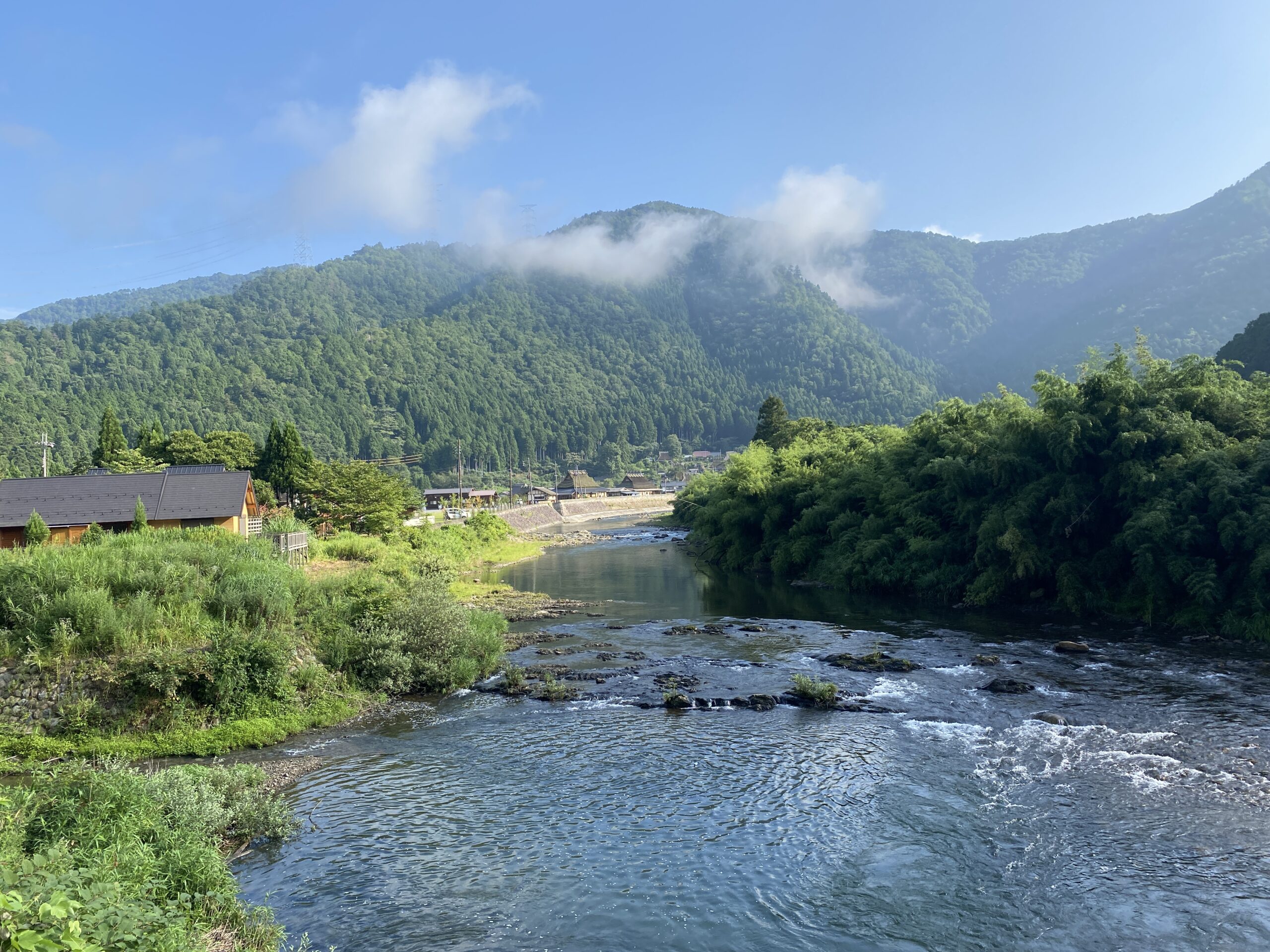
Recommended lunch spots
There aren't many lunch spots in this area, so it's best to check in advance. I recommend Nagomi Roadside Station.
You can eat locally produced soba and chicken dishes while looking out at the river. It's closed on Tuesdays, so a restaurant in front of the nearby station would be fine.
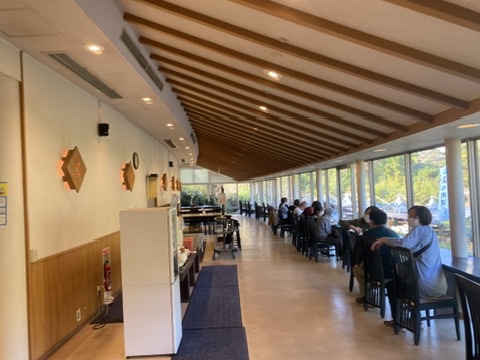

Farmer's guesthouse
There are several farm stays in Ayabe, but each one only accommodates one group at a time, so it depends on availability. This time, we will pick a place called IMAYA as our first choice.
The cost is about 15,000(≒100$) yen per person.
Day3 Ayabe to Ine (60km△60km)
Overview ~the most beautiful sea
Welcome to Ine, where I live! This is the best spot I can recommend.
The reason I moved here is because, although I've seen a lot all over Japan, I fell in love with the sea the most.
Amanohashidate
It is a 3km long sandbar that has been known as one of the "Three Views of Japan" for 300 years. You can cross it by bicycle.
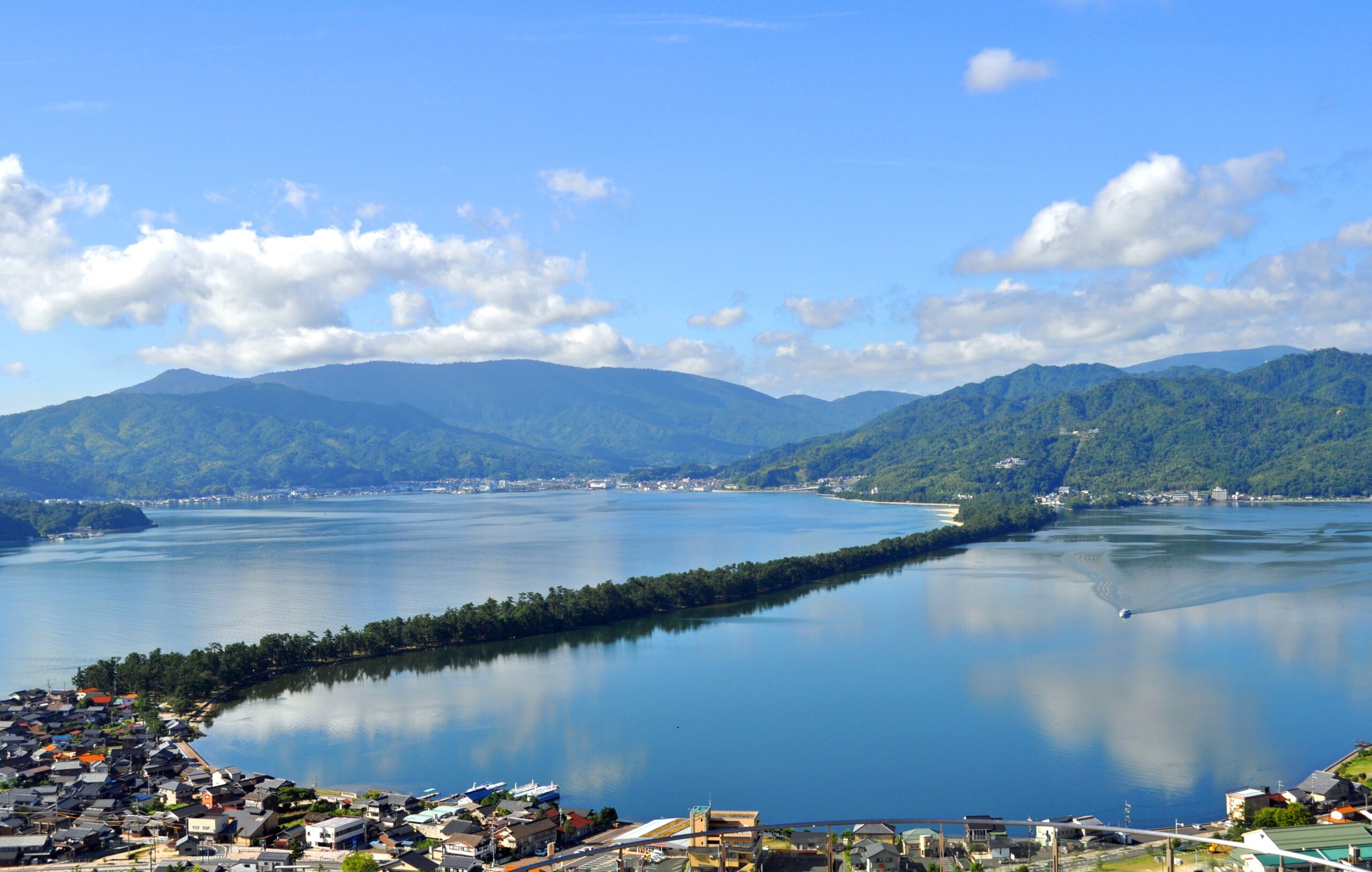
Ine
Ine is a 5km bay lined with 230 unique boathouses and can be reached by bicycle in just over an hour from Amanohashidate.
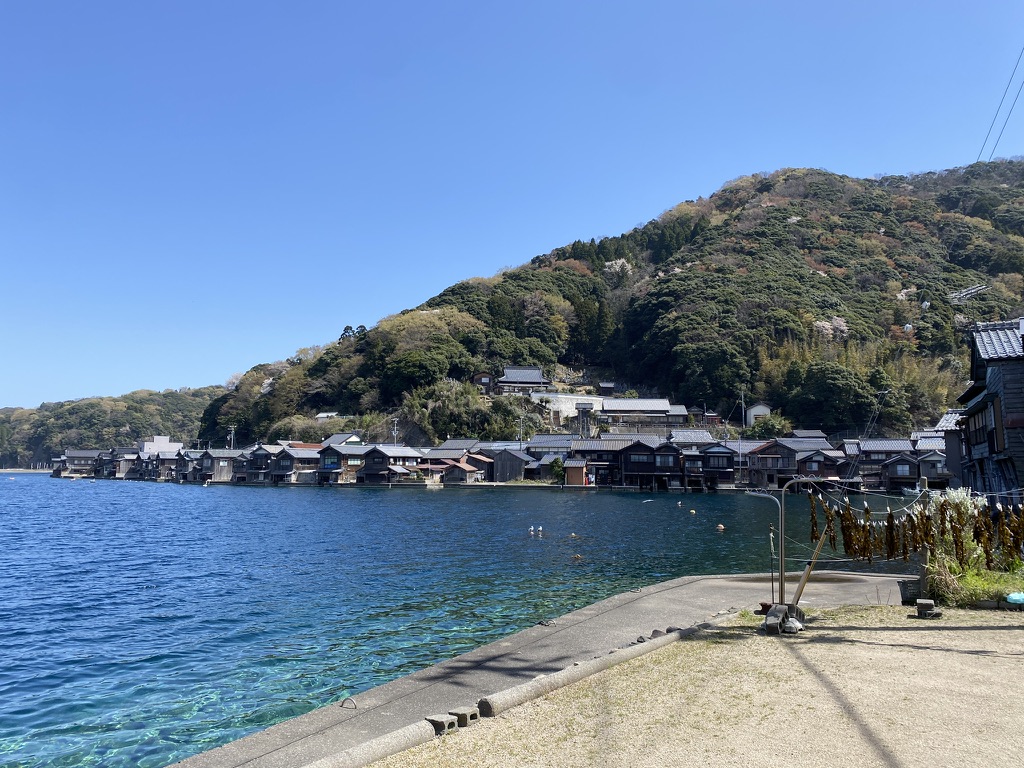
Tango peninsula
The Tango Peninsula, including Amanohashidate and Ine, is considered one of the most beautiful seas in Japan and has been the subject of many paintings and poems since ancient times. There are almost no man-made structures such as factories, and the indented coastline and clear, blue sea are truly beautiful.
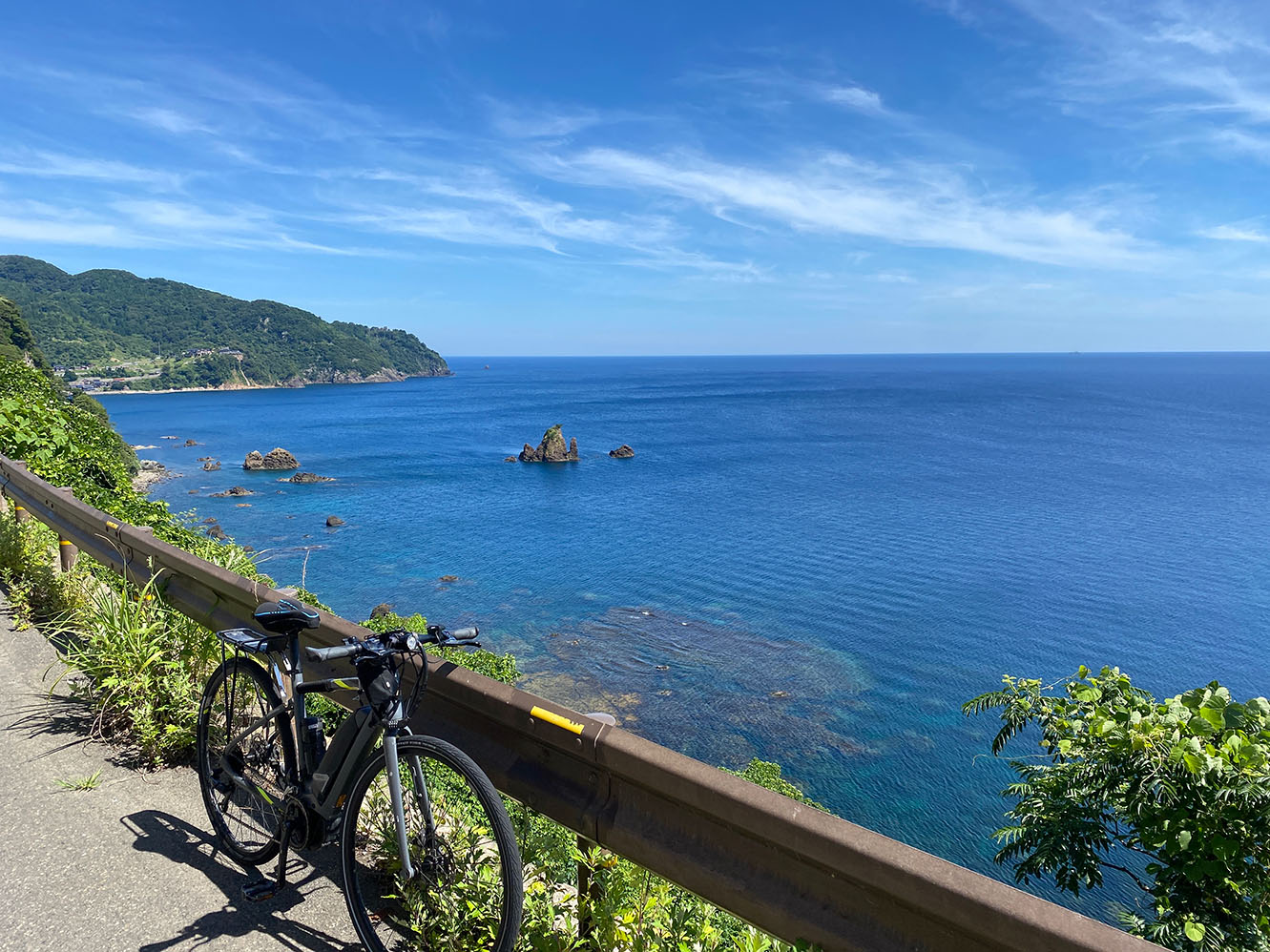
Stay in Ine (Boathouse ot Guesthouse)
A unique building in Ine is the Funaya, a Japanese-style house with a boat garage on the first floor and a Japanese-style house on the second floor. There are over 30 luxurious inns that have been renovated from these buildings, and they are very popular. Since they are limited to one group at a time, it is very difficult to arrange accommodation, so we cannot guarantee which inn you will be staying at, but we can promise that your stay there will be an amazing experience.
The fee is 20,000(≒140$) to 30,000 yen(≒200$) per person.
For regular guesthouses and hotels that are not on the seafront, it will cost around 15,000(≒100$) yen per person.
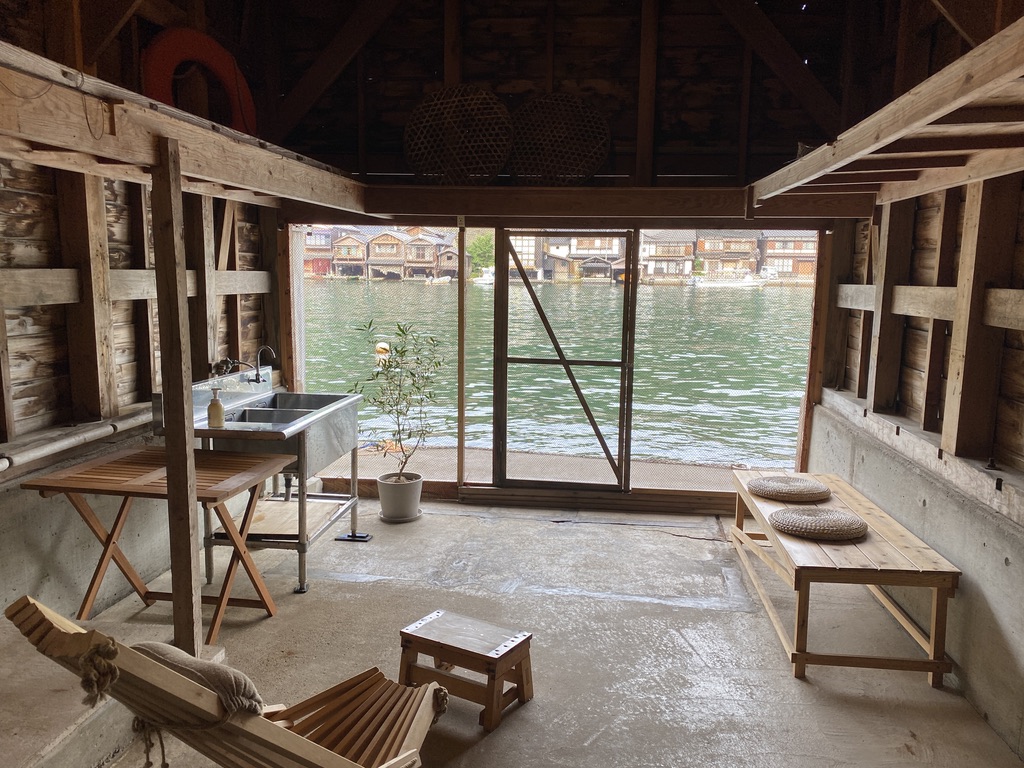
Day4 Transfer to Kyoto/Osaka
We will drive you with your luggage to Kyoto Station or Osaka. It will take about 2 hours.
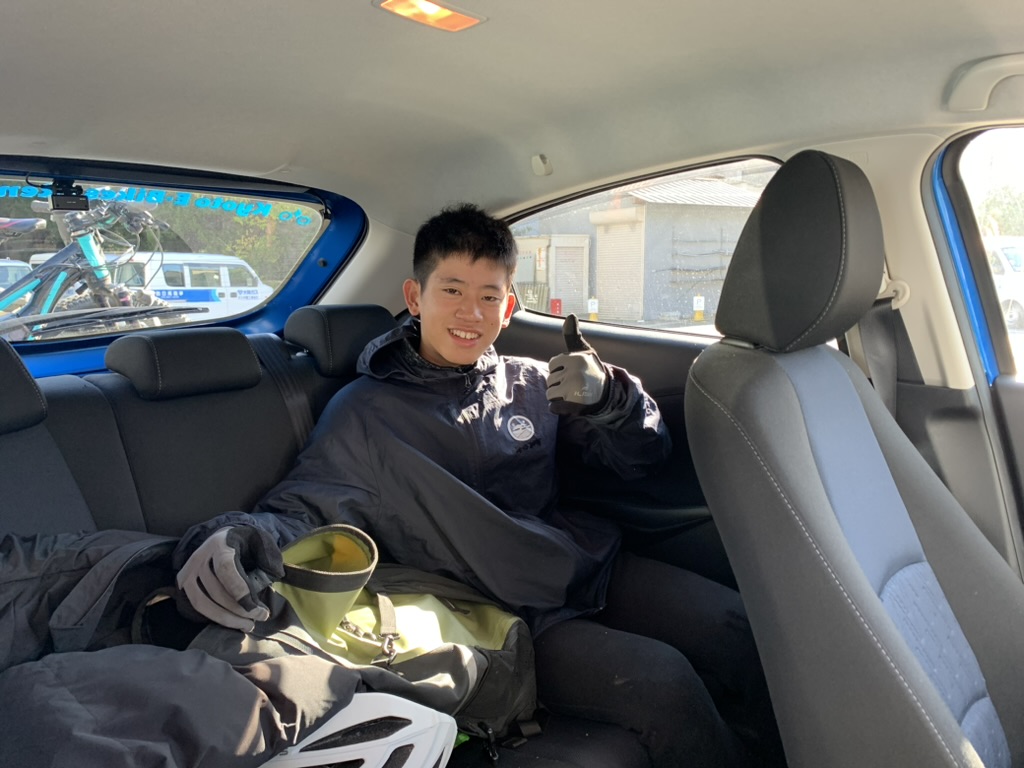
How to support
There are three types of support. The standard method is to have only a support car and lead the way. We think this is the best balance because this route goes through rural roads with almost no traffic.
As a guideline, the cost is approximately 35,000(≒230$) yen per car per day.
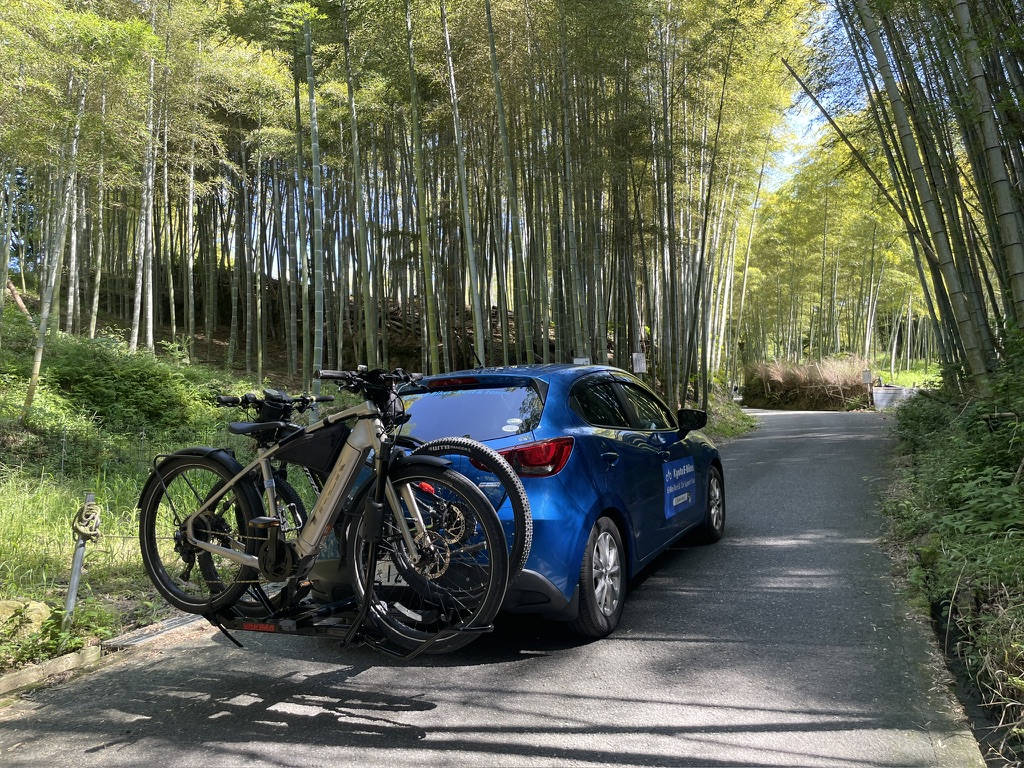
The simpler method is to only support the transportation of bicycles and luggage, rental bikes and emergency response. This is also good for experienced people who want to adventure on their own. It has become easier in recent years with Strava and cycling apps.
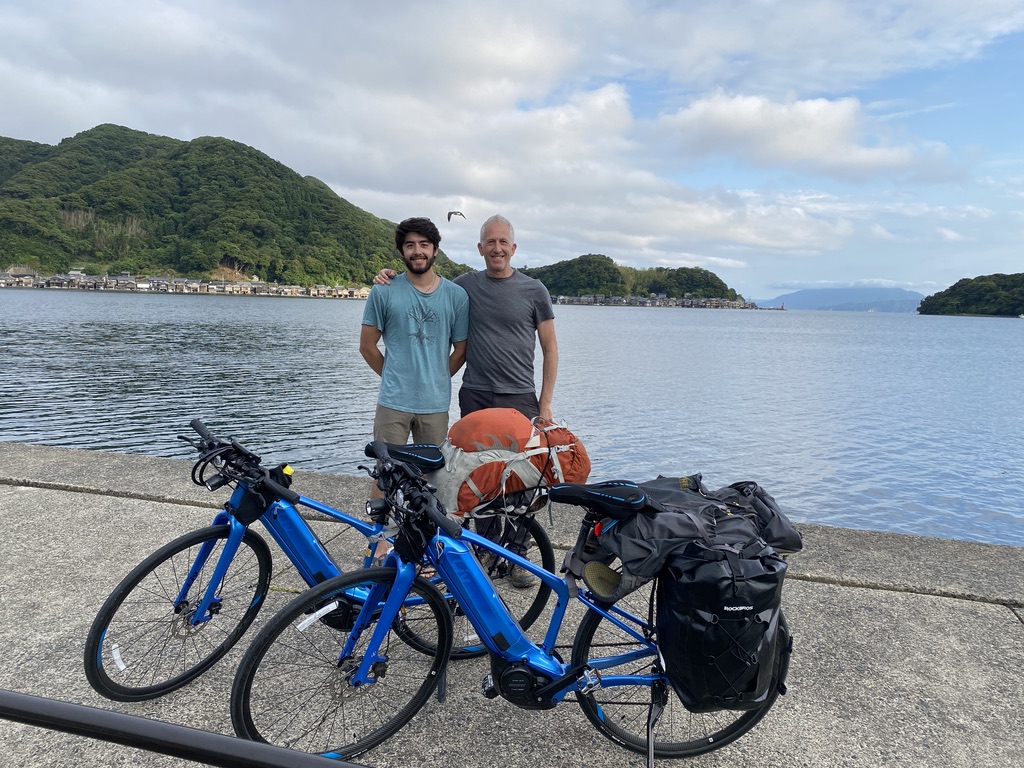
A more generous format is to have a support car and an accompanying cycling guide, but this is very costly and is suitable for groups of 10 or more people. In that case, the choice of hotels and restaurants will be limited, so the route will have to be significantly changed.
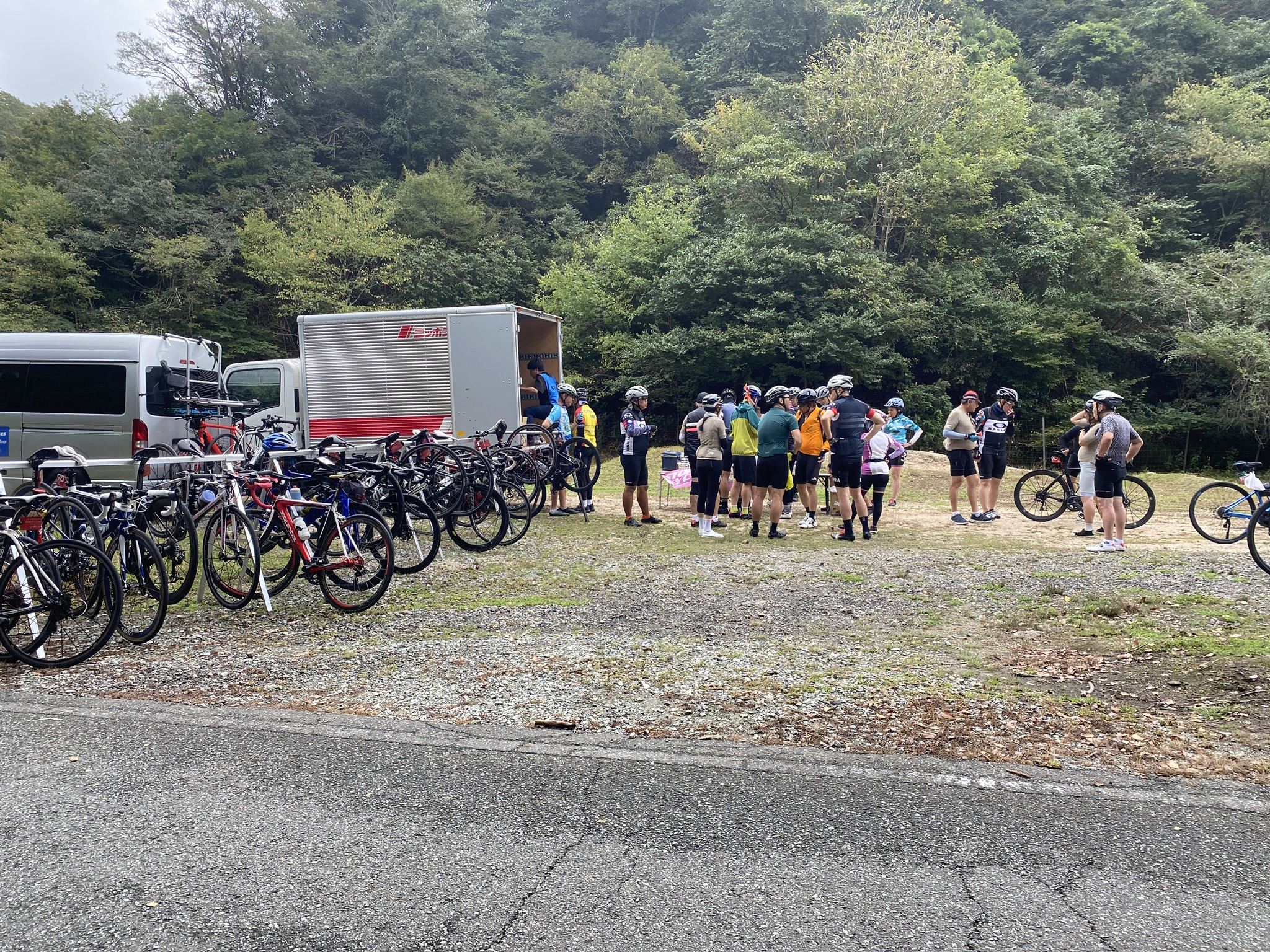
Estimated price
These are the standard rates for each plan. Prices vary depending on the season and number of people, so please inquire for details. The below criteria are calculated for 2 to 5 guests and accommodation is laxury type.
| Course | Simple | Standard | Full |
| Price(per person) | ±30,000yen ≒200$ | ±140,000yen ≒900$ | ±200,000yen ≒1300$ |
| Bike Transport from Airport & Assembly support | ✔︎ *Choose between bike rental and this | ✔︎ | ✔︎ |
| Bike Rent for 4 days | ✔︎* | ✔︎ | ✔︎ |
| Transfer to Kyoto/Osaka | ✔︎ | ✔︎ | ✔︎ |
| Emergency Resque | ✔︎ | ✔︎ | ✔︎ |
| 3 nights accommodation | - | ✔︎(standard class) | ✔︎(laxury class) |
| Food for 3 days (9 meals) | - | ✔︎ | ✔︎ |
| Support car accompaniment | - | ✔︎ | ✔︎ |
| Cycling guide accompaniment | - | - | ✔︎ |


